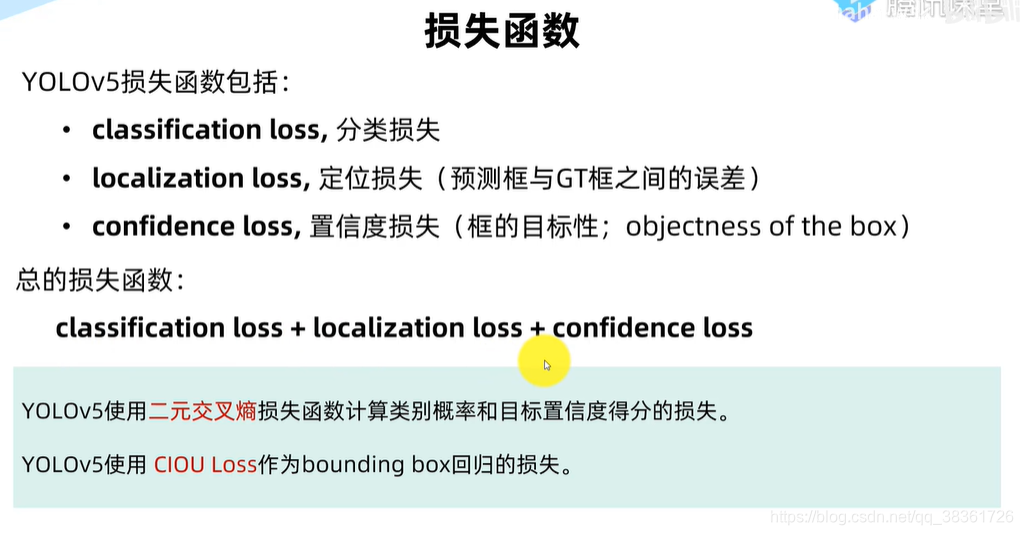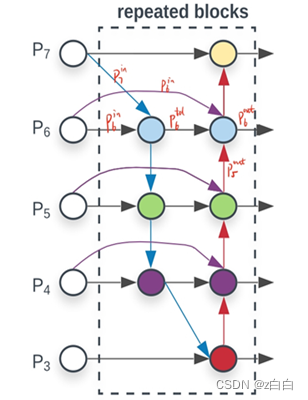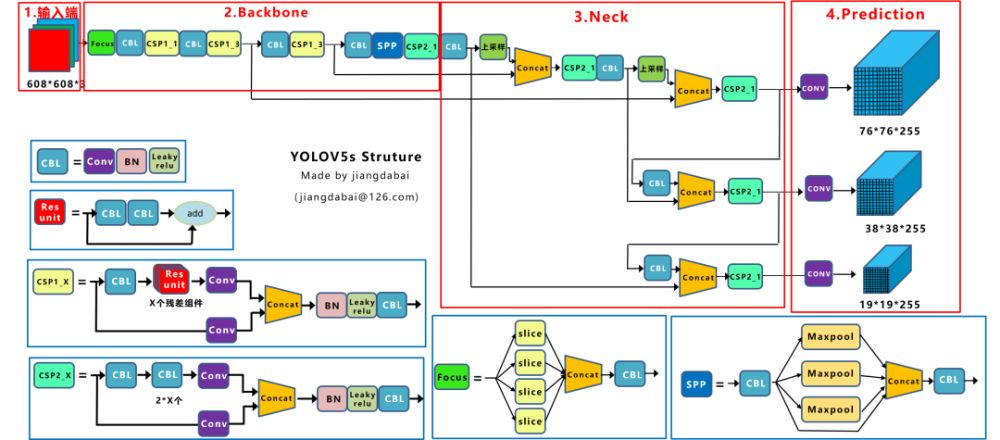1、@timer:测量执行时间 @timer装饰器可以帮助我们跟踪特定函数的执行时间。通过用这个装饰器包装函数,我可以快速识别瓶颈并优化代码的关键部分。
[测量执行时间] 1 2 3 4 5 6 7 8 9 10 11 12 13 14 import time
2.@log_results:日志输出 在运行复杂的数据分析时,跟踪每个函数的输出变得至关重要。@log_results装饰器可以帮助我们记录函数的结果,以便于调试和监控
[日志输出] 1 2 3 4 5 6 7 8 9 10 11 12 def log_results(func):
3.@suppress_errors:优雅的错误处理 @suppress_errors装饰器可以优雅地处理异常并继续执行,可以避免隐藏严重错误,还可以进行错误的详细输出,便于调试.
[错误处理] 1 2 3 4 5 6 7 8 9 10 11 12 13 def suppress_errors(func):
4.@debug:调试变得更容易 调试复杂的代码可能非常耗时。@debug装饰器可以打印函数的输入参数和它们的值,以便于调试:
[调试] 1 2 3 4 5 6 7 8 9 10 def debug(func):
1.@timer:测量执行时间
数据STUDIO - source [https://mp.weixin.qq.com/s/JFaH_GqOFMARnzyWqV2TFQ] [10个简单但很有用的Python装饰器] 



